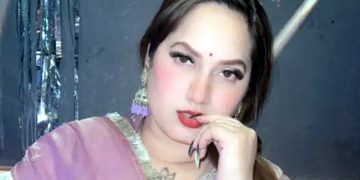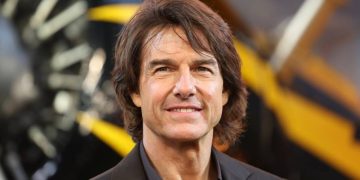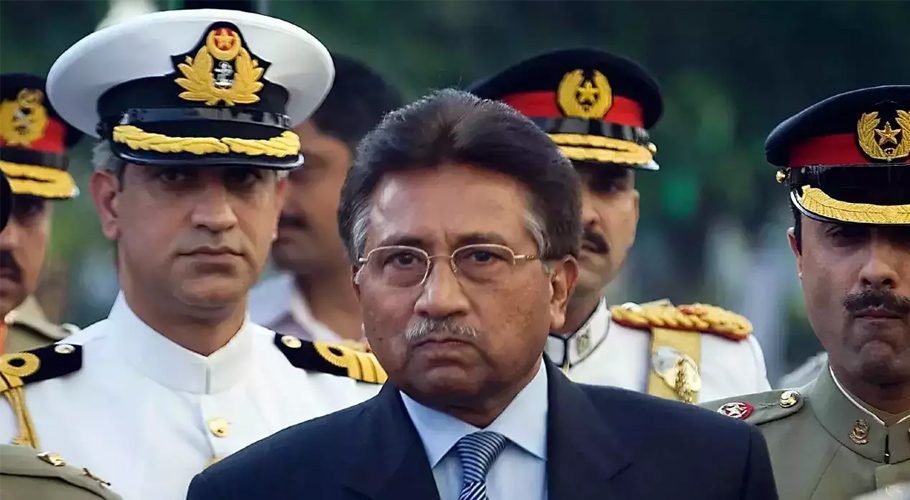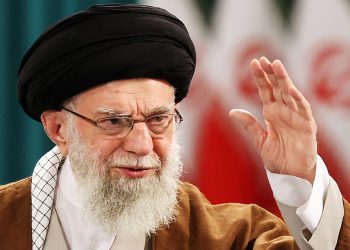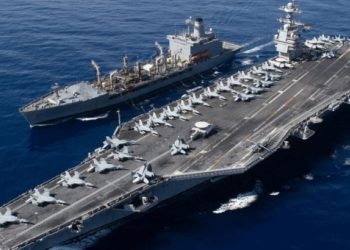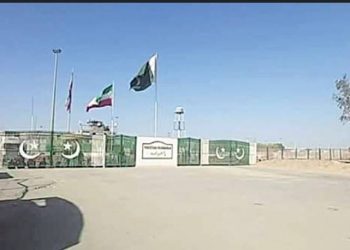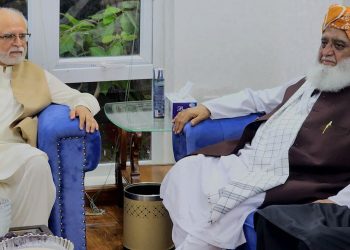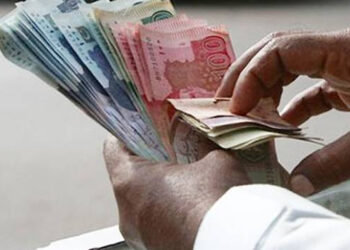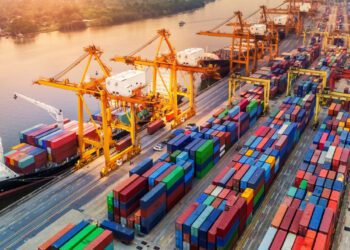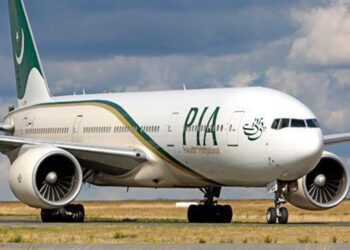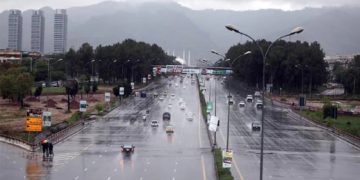KARACHI: Former President Pervez Musharraf has been given credit for media boom in Pakistan when he in the year 2000, allowed Pakistan Telecom Authority (PTA) to go ahead with cable TV operations and licenses were awarded for different cities across the country. In the year 2002, when the PEMRA was established these operations were handed over to it.
According to a paper by Dr Zafar Iqbal, Assistant Professor, Department of Media and Communication Studies International Islamic University, Islamabad, media has never been consistently free in Pakistan. Different regimes used legal and constitutional means to control the media from public debate and criticism. In it over sixty-two years of history, Pakistan has been ruled by military more than the civilian.
Media in Pakistan usually face threats, violence, economic pressure, etc. The country’s laws have been used against journalists. Poor literacy, urban orientation of the media, and the high price of newspapers are detrimental factors for the under development of media in Pakistan. Beside these barricades, one can now easily notice a shift from the centralized broadcasting to an open competition broadcast system in Pakistan, enabling the audience to enjoy more power of selective exposure.
All governments including the military say high about the media freedom but often do the thing other way round when media criticize the government. However, during the Musharraf military and civil regime for about nine year, media were operated in a mixed character.
A tremendous growth in media especially electronic sector was observed after General Pervaz Mushraf came into power. He constituted Pakistan Electronic Media Regulatory Authority (PEMRA) and issued license to private sector for establishing television and FM radio channels. He also allowed private sector to broadcast news on FMradio. Similarly, other forms of media such as mobile phone with different services, cable network and high speed internet facilities spread from elite class to common people both in urban and rural areas. Not only this, quite unprecedentedly, print media was allowed to flourish in the country. Musharaf also replaced the Press and Publication Ordinance which regulated the affairs of print media. This policy resulted in mushroom growth of media in its different categories. As long as the situation remained favourable for Musharaf’s regime, he was very kind to media. But all changed when his hold on government become loose due to his unpopular and undemocratic decisions.
Dr Zafar Iqbal says the first step in this way was the suspension of Chief Justice of Pakistan Iftikhar Muhammad Chaudhry on 9 March 2007. He asked the Chief Justice to resign but when CJ refused, President Musharaf suspended him and filed a reference against him in Supreme Judicial Council. This generated a gulf of differences between the military dictator and media who believed in freedom of expression, democracy, justice and supremacy of law.
During these times, media reported all the day-to-day events on the issue of suspension of Chief Justice and the hearing proceedings in Supreme Judicial Council. This reporting changed the public opinion, consequently Musharaf image was badly tarnished. This made Musharraf furious and instead of changing his unlawful policies, his speed accelerated and took number of steps to subjugate and bring media under his control. This was unacceptable for free media and it performed its professional responsibilities with great enthusiasm. Media activism diluted the fear in atmosphere in the country and it encouraged the people, lawyers, politicians, members of civil society to express their sympathy with the suspended Chief Justice. A 13-member court on a constitutional petition reinstated the Chief Justice Iftikhar Muhammad on 20th of July 2007.
Though Musharaf publicly announced that he would accept the court decision but in reality he took such actions which were neither democratic nor constitutional. Among them was the furious incident which shocked whole of Pakistan was Lal Masjid incident in July 2007. Innocent boys and girls in the seminary were killed by the brutal use of force. The civic life in Islamabad, the capital and most modern city of Pakistan, was completely whacked. The surrounding area of Lal Masjid looked like a battle field and common people did not have access to the area. War weapons and battle field techniques were used to clear the Lal Masjid. Government was expecting that media would report the events as per its directions and desires. But the media by and large reported the event against the whims and wishes of the government. The Supreme Court and civil society were not happy with this action. The civil society requested the government time and again to restrain from the use of power, especially military power.
After the restoration of Chief Justice Iftakhar Chaudhry and events like Lal Masjid, the Musharaf government lost her popularity. The society became angry with the General’s actions. He was going away from people and got isolated in such a way that he could not imagine the real situation outside the presidency. Instead of analyzing his flaws so that he could control the situation, he took such steps which reflected him a ruthless authoritarian ruler.
Dr Zafar Iqbal says the Musharraf government took every step to press this movement. They imposed ban on assembly, speeches and demonstrations. Power was used to disperse the demonstrators. They arrested thousands of demonstrators, torched them. They were detained and kept in isolation without any trial. Among them most of the demonstrators were lawyers. They were physically beaten, injured and shifted to far off jails. Their heirs were kept in dark about their whereabouts. At many places, police and forces opened fire and causalities were also reported.
The prominent figures who demonstrated against the emergency besides lawyers were the organizations including students from all Pakistan, some right and left wing organizations from all walks of life. The government proved to be deaf and dump on these actions. It moved one step ahead and influenced the local cable operators to terminate the transmissions of independent television channels like Dawn News, Aaj, Geo News, Ary One World, BBC World, CNN and Al-Jazeera. The authorities used brutal force against the journalists who were demonstrating to lift the emergency, restore constitution and judiciary. The Pakistani government also influenced Dubai Government to stop the uplink facilities to Geo and ARY channels. Moreover, the mediamen were banned to enter in certain premises, they faced hurdles in performance of their professional duties which appeared like the censorship of old days.
This generated a general grievance among the people. Some 70% people openly opposed the closure of private TV channels, arrest of the Chief Justice, 71% opposed the suspension of constitution and 67% demanded the resignation of General (r) Pervaz Musharaf. In this tough time, the situation worsened when the government promulgated two ordinances which limited the media activities. These ordinances were Prohibition of Live Television Coverage of events of violence and conflict and ban on TV operators to air programs or reports which could ridicule the president, armed forces, or executive, legislative or judicial organs of the state. Offenders could have been punished with three years in jail.
All these actions had one demand that media should not report the misdeeds of government, instead support it. Up to March 9, 2007, Musharraf was not an unwanted person. He enjoyed some respect in country. But as he stared to ignore his mistakes, the decline became his fate. He took number of unpopular decision one after another. Media played its watchdog role in the system. Media pointed out his mistakes and asked him to rectify them, but instead of rectifying his mistakes he started to curb the mouthpiece of society. His unpopular decisions made him the most unpopular leader.
According to Dr Zafar Iqbal, Musharraf tried to chain the media. He raided again and again on media offices and persons. He promulgated ordinances which were open threat to media because these ordinances prohibited media to discharge their duties, and journalists were also been threatened to be
punished with imprisonment. All these made the situation bad to worst. The very foundations of Musharraf government were shaken with every passing moment. And eventually, he not only lifted the emergency on 15th of December 2007 but also resigned from his office on 18th August 2008.

